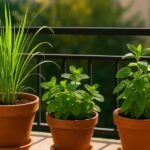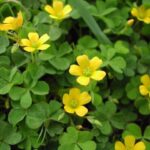The following are 5 types of “notorious” ornamental plants:
1. Mint
Mint is a popular plant that can be potted, keeping mosquitoes at bay. Its leaves can be used for culinary purposes, such as a tea ingredient or herb. Due to its invasive nature, mint is best contained in pots rather than planted directly in the ground. One or two pots should be sufficient to ensure adequate sunlight and nutrients for the plant’s rapid growth.
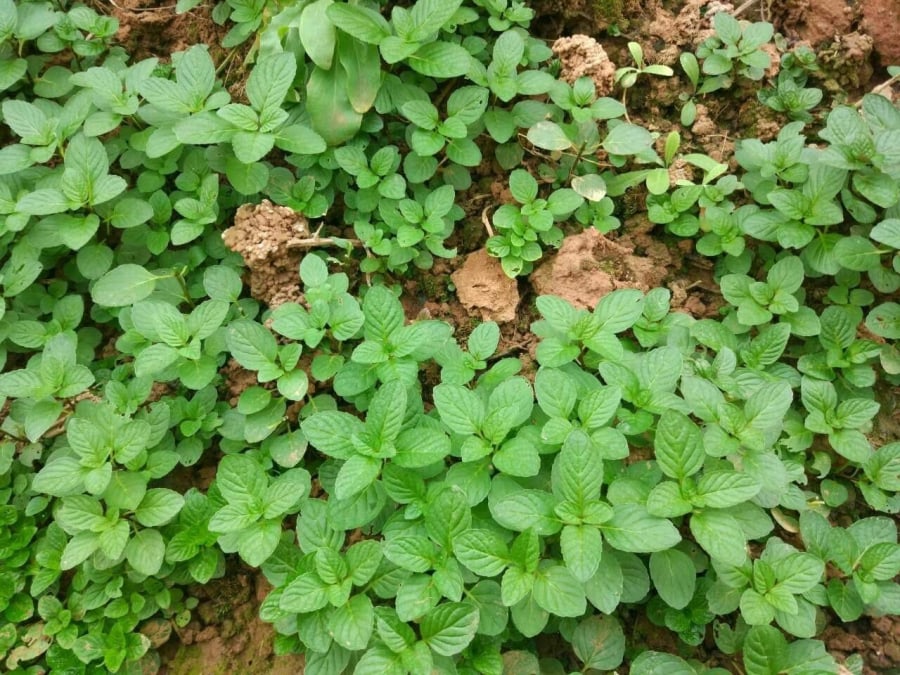
2. Wood Sorrel
Wood sorrel is a familiar plant to gardening enthusiasts. This perennial herb produces roots and tubers above the ground. The older the plant, the larger the tubers become. Wood sorrel can be grown as a bonsai, exuding an elegant and premium aesthetic.
Wood sorrel has a long flowering period, blooming from March to December annually. When potted and well-maintained, it can produce an abundance of cute pink flowers. Its vibrant blooms make it a delightful addition to any garden.
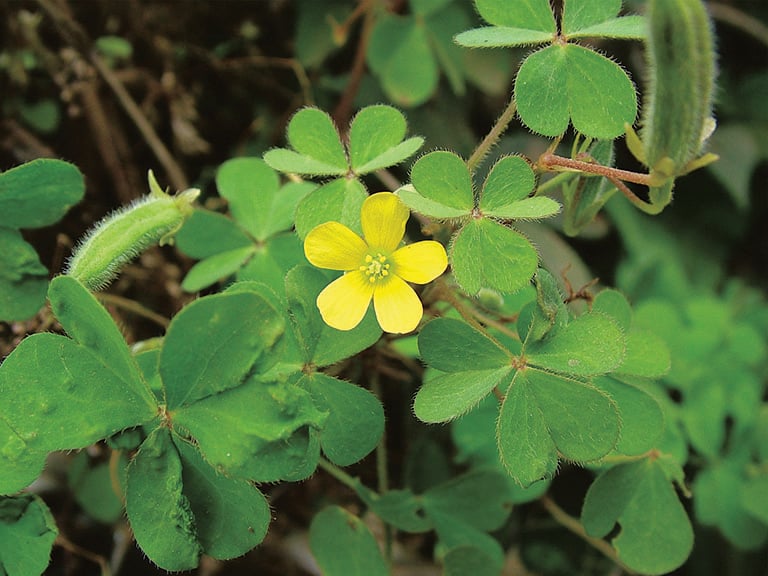
While wood sorrel thrives in pots and is relatively easy to care for, it’s best not to plant it directly in your garden. This plant not only spreads through its roots and tubers but also through its flowers and seeds. As the seeds mature, they will burst and scatter, potentially taking over a large area. Removing wood sorrel once it has spread can be incredibly challenging. Therefore, it’s advisable to contain this plant in pots rather than letting it loose in your garden.
3. Bamboo
Everyone knows about bamboo’s rapid growth. Planting a few bamboo shoots can quickly lead to a “bamboo wall” in your yard within 4-5 years. The shoots will follow the bamboo’s roots and pop up everywhere.
If you plan to grow other ornamental plants or vegetables in your garden, avoid planting bamboo. While it may look elegant, its aggressive growth will soon become unmanageable.

I have a friend who planted a few bamboo shoots next to his house wall, intending to create a small, elegant border. He planted a total of five shoots, two of which died, and the remaining three grew into a bamboo grove within a few years.
My friend then had to work tirelessly to remove the bamboo shoots that kept sprouting up and taking over the space. So, unless you have a spacious yard, it’s best to avoid planting bamboo.
4. Herbaceous Peony
Herbaceous peonies are stunning ornamental plants that grow rapidly and produce beautiful flowers. They are cold-hardy and heat-tolerant, making them highly adaptable. These plants typically bloom in June, showcasing large, delicate flowers that make them highly prized for landscaping.
Herbaceous peonies thrive in both sunny and partially shaded areas. They are easy to grow; simply stick them in the ground, water them well, and they will quickly take off. While you may enjoy planting a few of these in your yard, you might soon regret it.
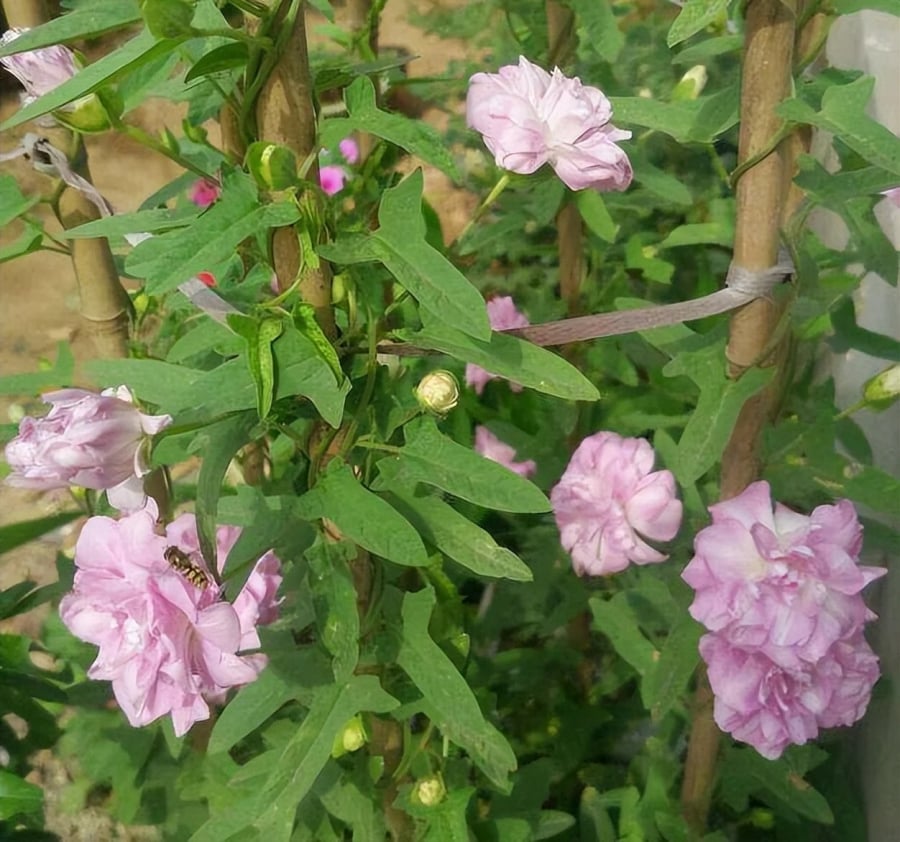
The root system of the herbaceous peony grows rapidly and can spread in all directions. Wherever there is soil, the roots will sprout, and new plants will emerge. Additionally, the roots of this plant are exceptionally efficient at absorbing nutrients from the soil, depriving other ornamental plants and potentially leading to their demise.
Therefore, if your yard space is limited, it’s best to avoid planting herbaceous peonies directly in the ground. If you wish to grow them, consider using larger pots, which can still accommodate their beautiful flowers.
5. Wisteria
Wisteria comes in many varieties, all of which are highly prized as ornamental plants. Many people are drawn to this plant because of its captivating colors, primarily shades of blue and purple, that infuse a romantic ambiance into any space.
Wisteria grows rapidly and can be trained to form a flower wall. If you have a spacious garden, you can create a stunning flower sea or flower corridor with this plant.
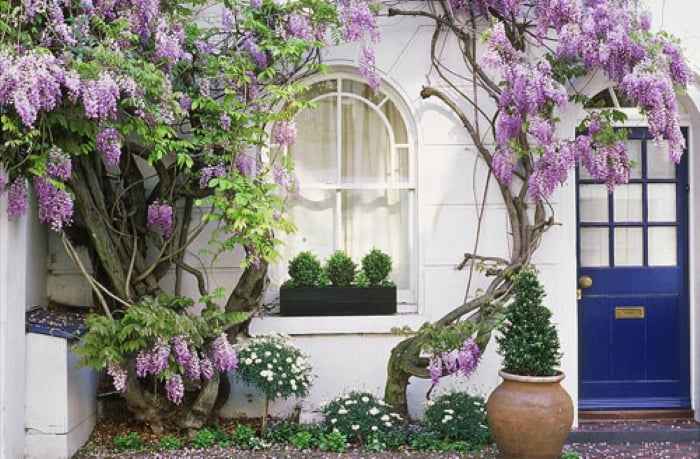
Wisteria, especially when planted in the ground, grows rapidly and has a long lifespan. If left unpruned, a single plant can turn into a “forest.” Within a few years, it can grow into large flower walls and even encroach on your neighbor’s property. Wisteria’s branches can find their way through walls, given any gaps or crevices.
You’ll notice that few other ornamental plants can survive near the roots of a wisteria plant. Therefore, if you choose to grow wisteria, ensure it has ample space to grow, and avoid planting it too close to walls.


























